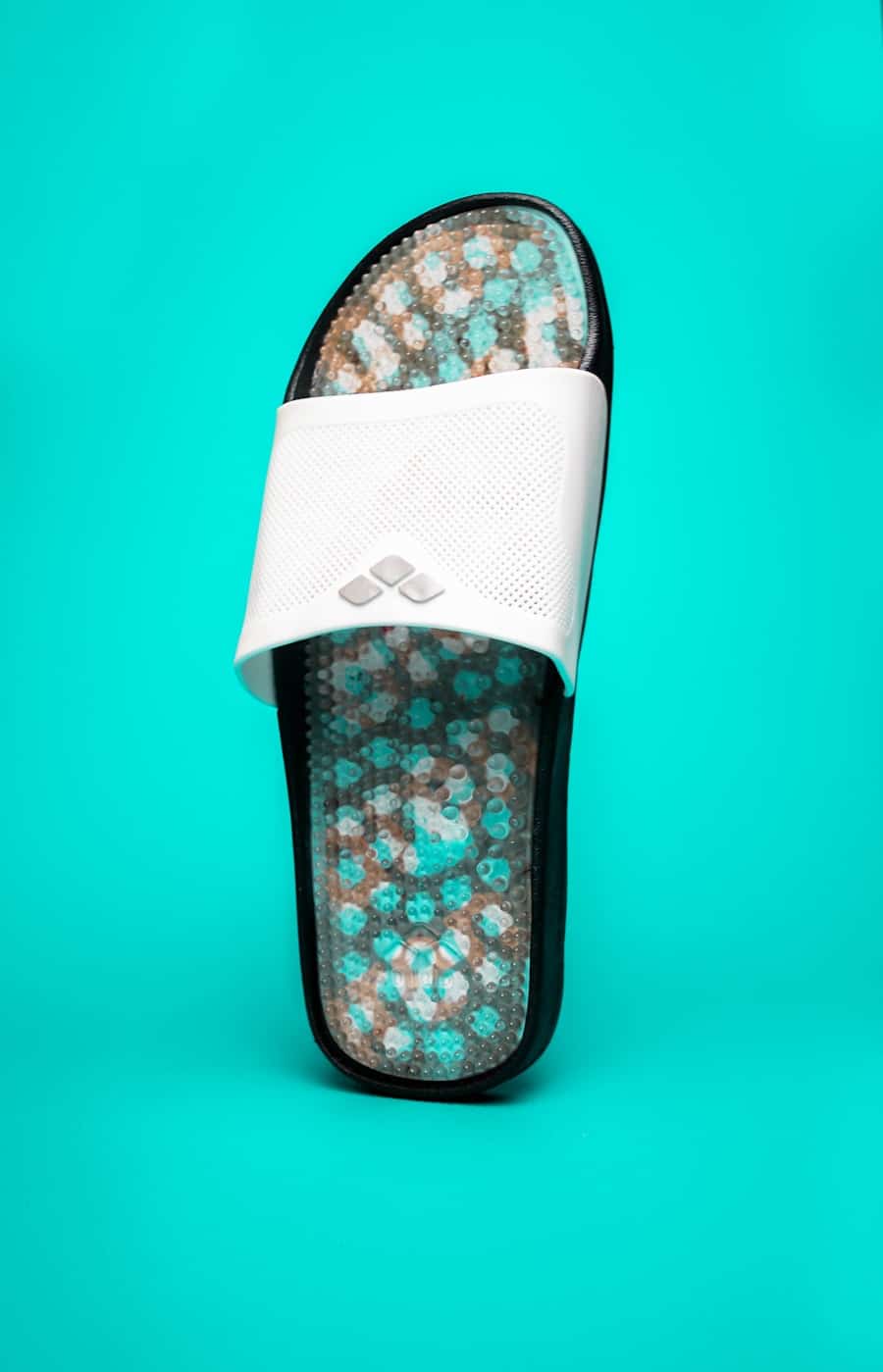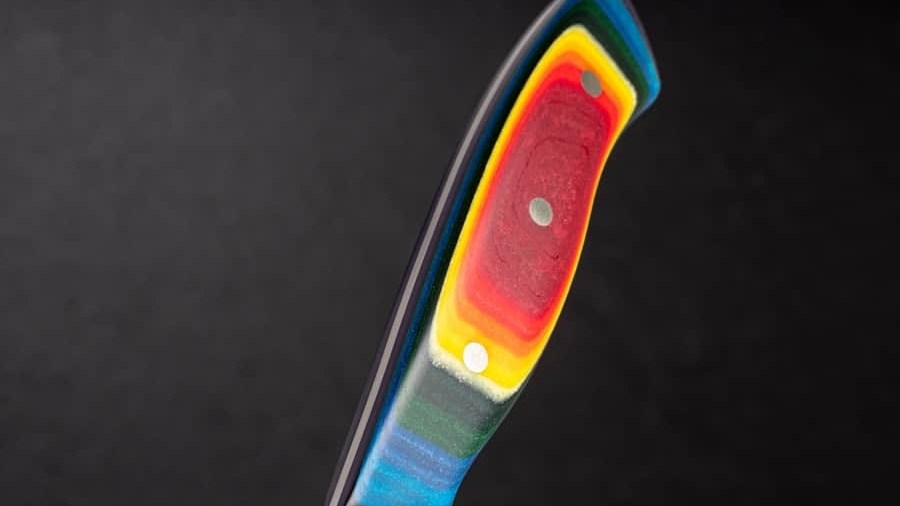Smart insoles represent a significant advancement in wearable technology, merging the realms of footwear and health monitoring. These innovative devices are embedded with sensors that collect data on various aspects of a person’s gait, pressure distribution, and overall foot health. Initially designed for athletes to enhance performance and prevent injuries, smart insoles have evolved to cater to a broader audience, including individuals recovering from surgery.
The integration of technology into everyday items like insoles has opened new avenues for rehabilitation, allowing for real-time feedback and personalized care. The rise of smart insoles can be attributed to the increasing demand for data-driven health solutions. As healthcare continues to embrace digital transformation, the potential for smart insoles to provide valuable insights into recovery processes has garnered attention from both medical professionals and patients alike.
By leveraging advanced sensors and connectivity features, these insoles can track a patient’s progress, identify potential complications, and facilitate communication between patients and healthcare providers. This article delves into the multifaceted benefits of smart insoles, particularly in the context of post-surgery recovery, highlighting their role in enhancing rehabilitation outcomes.
Key Takeaways
- Smart insoles are a technological innovation designed to improve post-surgery recovery by providing real-time monitoring and tracking of a patient’s progress.
- The benefits of smart insoles for post-surgery recovery include improved gait analysis, reduced pressure on the affected area, and early detection of potential complications.
- Smart insoles monitor and track progress through sensors that measure pressure distribution, gait analysis, and movement patterns, providing valuable data for healthcare professionals.
- Customization and personalization of smart insoles allow for individualized treatment plans and adjustments to accommodate the specific needs of each patient.
- Integration of smart insoles with rehabilitation programs offers a comprehensive approach to post-surgery recovery, combining technology with traditional therapy for optimal results.
Benefits of Smart Insoles for Post-Surgery Recovery
Tracking Progress and Preventing Complications
One of the primary advantages is their capacity to track weight distribution and gait patterns, which are critical indicators of recovery progress. After surgery, patients often experience altered biomechanics due to pain or limited mobility. Smart insoles can detect these changes in real-time, allowing healthcare providers to make informed decisions about rehabilitation strategies. For instance, if a patient is favoring one foot over the other, the data collected can prompt interventions to address imbalances before they lead to further complications.
Enhancing Patient Engagement
Many devices come equipped with mobile applications that allow users to visualize their progress through easy-to-understand metrics and graphs. This gamification of recovery can motivate patients to adhere to prescribed rehabilitation exercises and routines. By providing tangible evidence of improvement, such as increased step counts or improved balance metrics, patients may feel more empowered and invested in their healing journey.
The Psychological Aspect of Recovery
This psychological aspect is crucial, as a positive mindset can significantly influence recovery outcomes.
How Smart Insoles Monitor and Track Progress

Smart insoles utilize a variety of sensors to monitor and track progress during the recovery phase. These sensors can measure parameters such as pressure distribution, foot temperature, and even acceleration during movement. For example, pressure sensors embedded within the insole can identify areas of excessive load or insufficient support, which are vital for patients recovering from surgeries like joint replacements or ligament repairs.
By analyzing this data, healthcare providers can tailor rehabilitation programs to address specific needs, ensuring that patients do not overexert themselves or neglect critical areas of recovery. In addition to pressure monitoring, many smart insoles are equipped with accelerometers and gyroscopes that capture movement dynamics. This capability allows for detailed analysis of gait patterns, including stride length, cadence, and symmetry between limbs.
Such comprehensive data collection enables clinicians to assess not only how well a patient is walking but also how closely their movement aligns with pre-surgery baselines.
Customization and Personalization of Smart Insoles
One of the standout features of smart insoles is their ability to be customized and personalized according to individual needs. Different patients have varying requirements based on their specific surgeries, physical conditions, and rehabilitation goals. Many smart insole manufacturers offer options for adjusting the level of cushioning or support provided by the insole itself.
This customization ensures that each patient receives the optimal level of comfort and stability during their recovery process. Furthermore, the data collected by smart insoles can be used to create personalized rehabilitation plans. By analyzing an individual’s unique metrics over time, healthcare providers can identify trends and make adjustments to exercise regimens as needed.
For example, if a patient shows consistent improvement in balance but struggles with strength in certain areas, the rehabilitation program can be modified to focus on strength-building exercises tailored to those specific weaknesses. This level of personalization not only enhances the effectiveness of rehabilitation but also fosters a sense of ownership over one’s recovery journey.
Integration of Smart Insoles with Rehabilitation Programs
The integration of smart insoles into existing rehabilitation programs represents a paradigm shift in how post-surgery recovery is approached. Traditionally, rehabilitation has relied heavily on subjective assessments and periodic check-ins with healthcare providers. However, smart insoles provide continuous data that can be seamlessly integrated into these programs.
This real-time feedback loop allows for more dynamic adjustments to treatment plans based on actual performance rather than estimates or assumptions. For instance, physical therapists can use data from smart insoles during sessions to assess how well patients are adhering to prescribed exercises. If a patient is consistently underperforming in certain areas, therapists can intervene with targeted strategies or modifications to improve outcomes.
Case Studies and Success Stories of Smart Insoles in Post-Surgery Recovery

Improved Gait Symmetry and Reduced Pain
One notable example involves a clinical trial conducted with patients recovering from total knee arthroplasty (TKA). Participants were fitted with smart insoles that monitored their gait patterns and weight distribution throughout their rehabilitation process. The results indicated that those using smart insoles demonstrated significantly improved gait symmetry and reduced pain levels compared to a control group receiving standard care without technological support.
Personalized Rehabilitation for Athletes
Another success story comes from a rehabilitation center specializing in sports injuries. Athletes recovering from ankle surgeries were equipped with smart insoles that provided real-time feedback on their movement mechanics during physical therapy sessions. The data collected allowed therapists to identify specific weaknesses in each athlete’s recovery trajectory. As a result, personalized exercise regimens were developed that not only expedited recovery but also minimized the risk of re-injury upon returning to sport.
Transforming Rehabilitation Efforts
These case studies underscore the transformative potential of smart insoles in tailoring rehabilitation efforts to individual needs.
Potential Future Developments and Advancements in Smart Insoles
The future of smart insoles holds exciting possibilities as technology continues to advance at an unprecedented pace. One area ripe for development is the integration of artificial intelligence (AI) into smart insole systems. By leveraging machine learning algorithms, future iterations could analyze vast amounts of data collected from users over time to predict potential complications or setbacks in recovery before they occur.
This proactive approach could revolutionize how healthcare providers manage post-surgery rehabilitation. Additionally, advancements in materials science may lead to even more comfortable and effective smart insoles. Innovations such as adaptive materials that respond dynamically to pressure changes could enhance user experience while providing optimal support during various activities.
Furthermore, as telehealth becomes increasingly prevalent, smart insoles could be designed with enhanced connectivity features that allow for seamless integration with telehealth platforms, enabling remote monitoring by healthcare professionals regardless of geographical barriers.
The Role of Smart Insoles in Improving Post-Surgery Recovery
Smart insoles are poised to play a pivotal role in transforming post-surgery recovery protocols through their ability to provide real-time monitoring, personalized feedback, and enhanced integration with rehabilitation programs. As healthcare continues to evolve towards more data-driven approaches, these innovative devices offer a glimpse into a future where recovery is not only more efficient but also more tailored to individual needs. The ongoing research and development in this field promise even greater advancements that will further solidify the importance of smart insoles in improving patient outcomes after surgery.
A related article to “How Smart Insoles Are Supporting Post-Surgery Recovery” is “How Smartwatches Are Revolutionizing the Workplace.” This article discusses the impact of wearable technology, specifically smartwatches, on productivity and efficiency in the workplace. To read more about this topic, check out the article here.
FAQs
What are smart insoles?
Smart insoles are shoe inserts that are equipped with sensors and technology to track and analyze a person’s gait, balance, and pressure distribution while walking or running.
How do smart insoles support post-surgery recovery?
Smart insoles can provide real-time feedback on a patient’s walking patterns and weight distribution, helping to monitor their progress and ensure they are not putting excessive strain on the affected area during the recovery process.
What are the benefits of using smart insoles for post-surgery recovery?
Smart insoles can help to prevent overloading of the affected limb, reduce the risk of falls, and provide valuable data for healthcare professionals to track the patient’s recovery and make informed decisions about their rehabilitation plan.
Are smart insoles customizable for individual patients?
Yes, smart insoles can be customized to fit the patient’s specific foot shape and size, as well as tailored to their unique recovery needs and goals.
Are smart insoles widely available for post-surgery recovery?
Smart insoles are becoming increasingly available and are being used in various healthcare settings to support post-surgery recovery, although their availability may vary depending on the location and healthcare provider.

